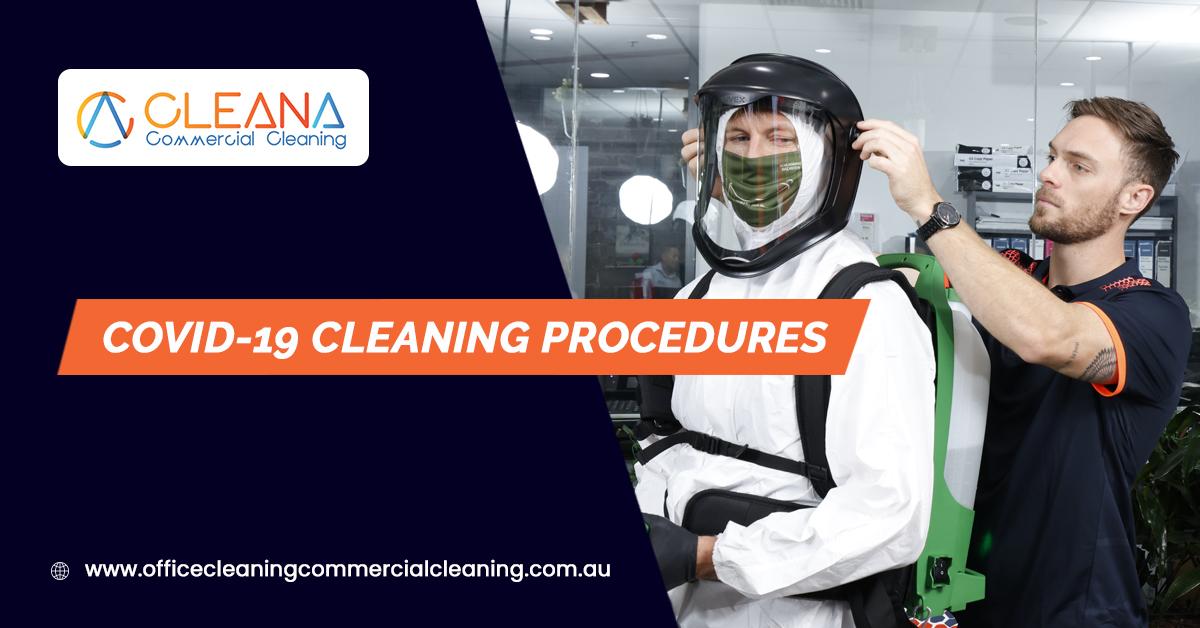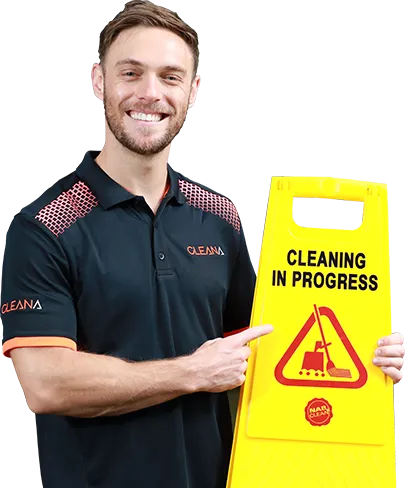Despite the discovery of various vaccines developed to address the Covid-19 pandemic, the public still faces a high risk of being infected with the virus.
In response to the government’s guidelines on reopening businesses, returning to work, and opening up social spaces, commercial cleaning companies have created better sanitation protocols that will be applied when cleaning places.
These protocols will be followed when cleaning to reduce the risks of Covid-19 transmission, by ensuring that all the surfaces have been sanitized.
The following section addresses the areas that would be focused on during the cleaning process, the cleaning products that would be used, and the cleaning and disinfecting processes that would be utilized.
High-Touch Surfaces
High-touch surfaces are areas that people are likely to touch throughout the day. The key focus area or high-touch surfaces that would be focused on during the disinfection process would include doorknobs and doors, table surfaces, seats, and kitchen and bathroom counters.
Other high-touch surfaces include faucets and faucet knobs, stair rails, desks, shopping carts, toilet seats and handles, and light switches.
While general covid-19 cleaning services would be upheld, these areas would need to be cleaned several times during the day to further reduce the risks of Covid-19 transmission.
Cleaning Products
The products that would be included in the covid-19 cleaning services would be those associated with disinfecting surfaces and killing bacteria, protecting the users from coming into direct contact with the disinfectants, and ensuring that the surfaces cleaned are Covid-19 free.
The key products would be hospital-grade disinfectants that are registered under the Environment Protection Agency (EPA) as being safe for use.
The disinfectants selected would be broad-spectrum disinfectants that clean, sanitize, and deodorizes the surfaces cleaned.
Other characteristics of the hospital-grade disinfectants that would be used would include their ability to sanitize areas without bleaching and being non-corrosive.
Aside from the disinfectants, other cleaning essentials will include cleaning gloves, hand sanitiser gels and sprays, respiratory masks, and hand sanitizing wipes. Hand sanitiser gels, sprays, and wipes will be used to promote personal hygiene.
In a workplace setting, sanitiser gels and hand sanitizing wipes can be stationed in different areas to make them accessible to individuals interested in using them.
The respiratory masks will be used by cleaners who would be in charge of cleaning and disinfecting different areas.
Cleaning Processes
Cleaning
Covid-19 cleaning services to reduce the risks of Covid-19 transmission entails eliminating all contaminants, debris, and dust on surfaces first, before proceeding to the disinfection process.
The general cleaning process entails using cleaning sprays and hand towels to clean surfaces like tables, doors and doorknobs, windows, and other surfaces that have a relatively small surface area.
The covid-19 cleaning services process for floors would entail using professional floor cleaning and polishing machines, or vacuum cleaners, depending on the flooring material. Cleaning is performed before disinfecting surfaces.
Disinfecting
Disinfecting includes decontamination of surfaces with the intent of eliminating viruses, bacteria, parasites, and molds. Disinfection is essential in reducing the risks of infections associated with these pathogens.
The common practices of disinfecting upheld by the cleaning company include surface wiping, fogging, spraying of disinfectant solutions, and setting up a station for personal sanitation in commercial spaces.
Surface Wiping
Surface wiping is an effective way of eliminating bacteria and viruses on surfaces, with the intent of reducing the risks of Covid-19 transmission. Surface wiping entails using a hospital-grade or industrial-grade disinfectant.
The sanitizing solution is applied on surfaces like tables and other high-touch areas and is allowed to stay on the surfaces for a few seconds before wiping the area.
After that, wiping the disinfectant dry eliminates moisture, which could otherwise ruin surfaces made of wood or other materials. Eliminating the moisture by wiping also reduces the risks of falls and other accidents that might be associated with slippery surfaces.
Fogging
Fogging is a technique that uses high-pressured disinfectant solutions to disinfect all the crannies and crevices in interior spaces. The fine spray solutions used are effective in disinfecting the air, air conditioners, and other hidden areas. Fogging can be performed weekly or biweekly to uphold cleanliness.
It is essential to ensure that fogging is performed when people are not in a room, because of the possible irritation effect of the disinfecting solution on the skin, eyes, and nasal passages. Fogging is effective in eliminating airborne viruses and bacteria.
Spraying
Spraying as part of covid-19 cleaning services is done using EPA-approved sanitizing solutions. Surfaces are sprayed using the selected disinfectant solution and allowed to dry afterwards.
Most of the sprays used are fast-evaporating solvents. Spraying is effective for high-touch surfaces like shopping carts, tables, handles, and faucets. Spraying can be done after every few hours to ensure that surfaces remain clean.
Unlike fogging, spray bottles containing disinfectants can be placed near high-touch surfaces to ensure that individuals who frequent these areas spray the surfaces before or after use.
Sanitation Stations
Sanitation stations can include areas where wall-mounted hand sanitiser dispensers are placed to ensure that people can easily access them.
Some of the areas where these self-administering sanitisers can be placed include bathrooms, near entrances, or in offices.
Most of the wall-mounted disinfectant dispensers on the market are touchless and have a sensor that detects the presence of a hand. Incorporating this in interior spaces could promote sanitation and reduce the risks of Covid-19.
Cleaning Routine
The most effective cleaning routine entails ensuring that all surfaces are cleaned and disinfected in the morning and evening. This approach ensures that surfaces are cleaned and disinfected to eliminate any bacteria that might be on high-touch surfaces.
General areas like floors can be cleaned twice a day, while high-risk surfaces like doorknobs, toilet seats, and bathroom counters should be disinfected hourly, especially if such spaces are occupied by a large number of people.
The disinfectants and cleaning and disinfection processes discussed are bound to leave your place clean and sanitized. The broad-spectrum nature of the disinfectants that will be used, along with the disinfecting techniques, will ensure that every nook and cranny is sanitized.
Cleaning and sanitizing living and workspaces can significantly reduce the risks of Covid-19 infections. Employees should do their part to keep things clean when covid-19 cleaning services have stopped for the day.

